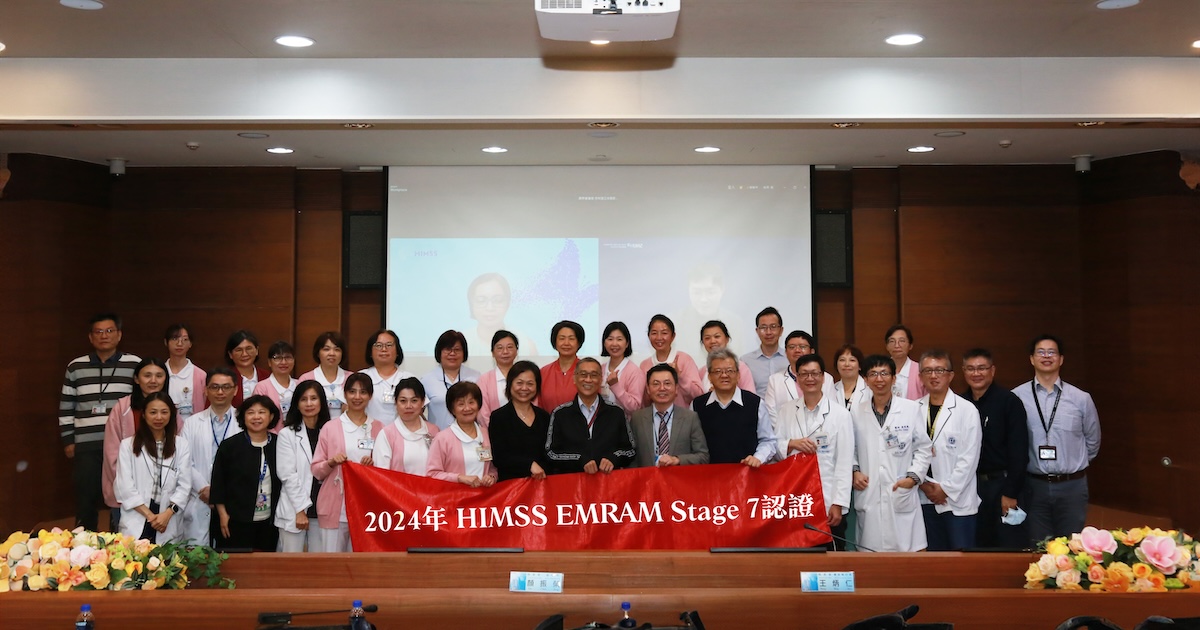
Tungs’ Taichung MetroHarbor Hospital is the latest in Taiwan to get validated for the HIMSS Electronic Medical Record Adoption Model.
The EMRAM measures an organisation’s adoption and maturity of their EMR capabilities.
WHY IT MATTERS
Tungs’ Hospital was validated for Stage 6 of the EMRAM almost two years ago.
In preparing for the highest EMRAM stage validation, Dr Min-Che Tung, chief superintendent of Tungs’ Hospital, revealed to Healthcare IT News that they adopted a “digital design thinking approach,” focusing on closed-loop integrity, data security and privacy, and system integration. “We developed a detailed plan, established cross-departmental teams, and held regular meetings to ensure progress across all teams.”
Key strategies in its preparation include the implementation of the Medi-SPAN clinical decision support system, closed-loop management, data monitoring dashboards, and digital patient portals and self-management tools.
During the assessment, HIMSS validators commended the hospital’s holistic patient engagement strategy that incorporates several platforms, tools, and devices. One example they noted was the smart diabetes control system. Introduced in 2021, the system has helped raise blood sugar monitoring among patients by 53%, while the number of patients who achieved a HbA1C level greater than 7% has also increased by around 68%.
Another example is a new digital patient self-assessment tool that was launched about a year ago. It has also raised patient satisfaction by 90%, Dr Tung said.
HIMSS also found impressive the hospital’s use of automation to complete documentation, such as automatic registration, consent process, and nursing handover notes.
Tungs’ Hospital’s sustainability initiatives were also highlighted; it even received sustainable development awards from the Taiwan Institute for Sustainable Energy and awards for energy conservation and afforestation from Taiwan’s Ministry of Economic Affairs.
Following the validation, Tungs’ Hospital will work on improving some processes, including expanding CDSS workflows and introducing a data hub for better data analytics, monitoring, and visualisation. It is also keen to convert all data into digital formats, achieving fully paperless operations. The hospital also intends to raise patient uptake of digital applications to get them more involved in their care.
Tungs’ Hospital is now preparing to undergo the validation for Stage 7 of the HIMSS Infrastructure Adoption Model. “Additionally, we look forward to exchanging insights with experts from diverse fields and backgrounds to explore new trends, emerging technologies, and best practices in infrastructure development,” said Dr Tung.
THE LARGER TREND
Tungs’ Hospital adds to a growing list of hospitals in Taiwan currently validated for Stage 7 of the EMRAM. These include Taichung Veterans General Hospital, Chang Gung Memorial Hospital, Linkou, China Medical University Hospital, and Changhua Christian Hospital. Meanwhile, Chung-Ho Memorial Hospital and Tainan Municipal Hospital are all validated for Stage 6, while Far Eastern Memorial Hospital is working towards Stage 7.
ON THE RECORD
“Achieving HIMSS EMRAM Stage 7 certification demonstrates that our hospital has reached an international standard in the field of digital medical informatics. This includes robust information system security, comprehensive digital tracking of clinical workflows, the application of artificial intelligence in medical systems, and smart clinical decision support functionalities,” said the hospital’s chief superintendent.
“This certification signifies that Tungs’ Taichung MetroHarbor Hospital has not only successfully established a comprehensive EMR system but has also enhanced healthcare quality, patient safety, patient engagement, and operational efficiency through advanced clinical decision support systems and big data analytics.”
In their digital transformation, Dr Tung admitted having encountered challenges, particularly with resource planning and optimising processes. For one, the process required significant investment in manpower and financial resources. They also had to continuously adjust workflows to maximise the benefits of system integration and form cross-departmental teams to ensure close integration of their new system with practical operations.
However, after fulfilling several requirements for Stage 7 EMRAM, “significant improvements were observed in both clinical and operational outcomes.”
“The comprehensive adoption of EHRs enabled faster and more accurate clinical decision-making, effectively enhancing patient safety. Additionally, improved operational efficiency reduced healthcare costs and optimised the utilisation of medical resources,” he shared.
